Is it really necessary to warm the cup before making coffee?

Warm cup ironing pot is a habitual action of most people who make tea. People think that this can not only clean and disinfect the tea set, raise the temperature of the cup and pot, but also stimulate the aroma more easily.
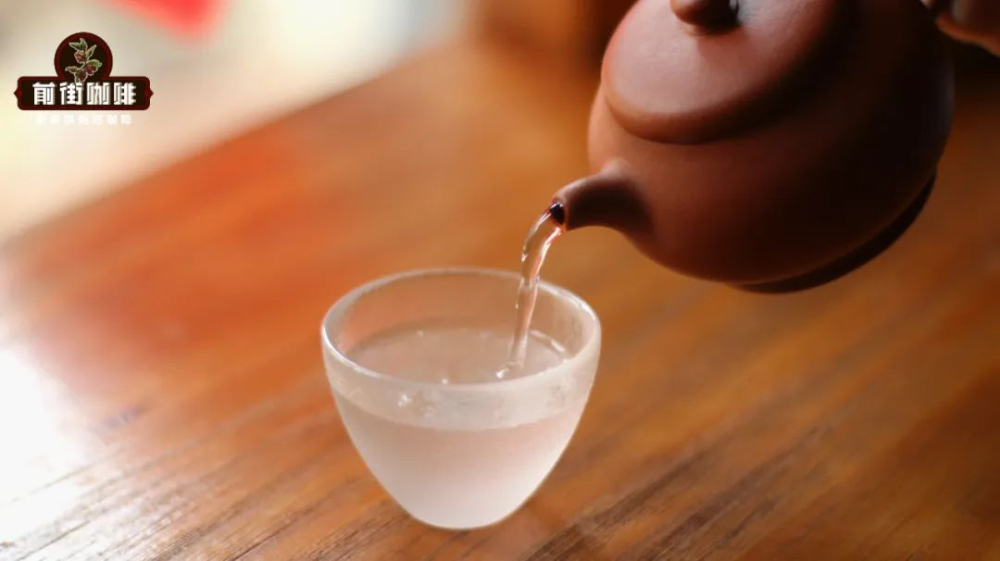
In the process of making coffee, warming the cup is also a tacit subtle action of many friends, which they think affects the flavor and taste of the whole cup of coffee. However, some people think that it is optional and lukewarm. So is it necessary for coffee to warm the cup?
In espresso, regular drinks such as concentrated, hot latte, Australian white and cappuccino taste delicious, rich and delicate while they are hot. Once cool, not only the aroma is greatly reduced, but also the taste becomes dull and rough, and it is even worse when it is completely cold, which is not as good as the performance at medium and high temperature. Therefore, for espresso, it is important to match the room temperature and adjust the exact temperature of the product.

In the case of the most popular hot latte, baristas usually control the temperature of the milk at 55-65 ℃ and the concentrated product at 50-60 ℃, where the milk coffee tastes best and the pattern lasts longer.
Because the cup with hot milk coffee usually uses a ceramic cup with thicker wall, it has stronger thermal conductivity. At this time, if the cup is placed at room temperature, it will absorb some of the calories of coffee, resulting in a lower temperature of milk coffee, and the sweetness of lactose is not so obvious. And if you are in a place that happens to be in the long-sleeved season, the temperature of the coffee and the disintegration of the foam will both become faster at a low room temperature.
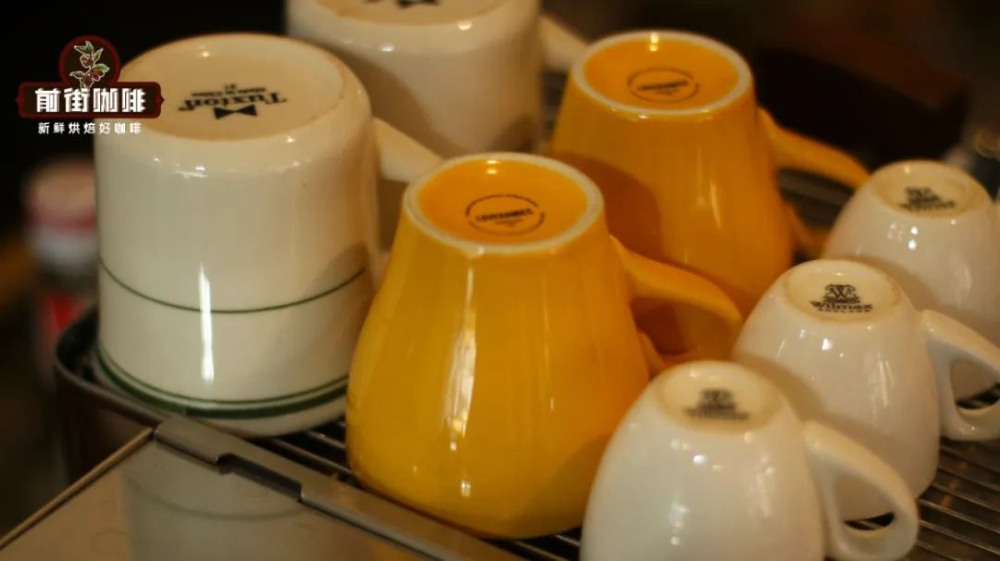
As a result, many cafes stack spare coffee cups neatly on top of the coffee machine and heat them with the help of the heat emitted by the boiler. Especially in autumn and winter, baristas will use it directly for house drinks.
However, if you are still wearing short sleeves, the indoor temperature is still above 25 degrees, and the coffee cup preheated on the coffee machine may have become "hot". Then use them to make hot milk coffee, that is, it is not conducive to holding flowers in the hand, and the taste will be affected by the high temperature on the wall of the cup. At this time, instead of risking being scalded, Qianjie suggests using hot water to "pass" the inside of the cup, which can effectively reduce the temperature loss of coffee.
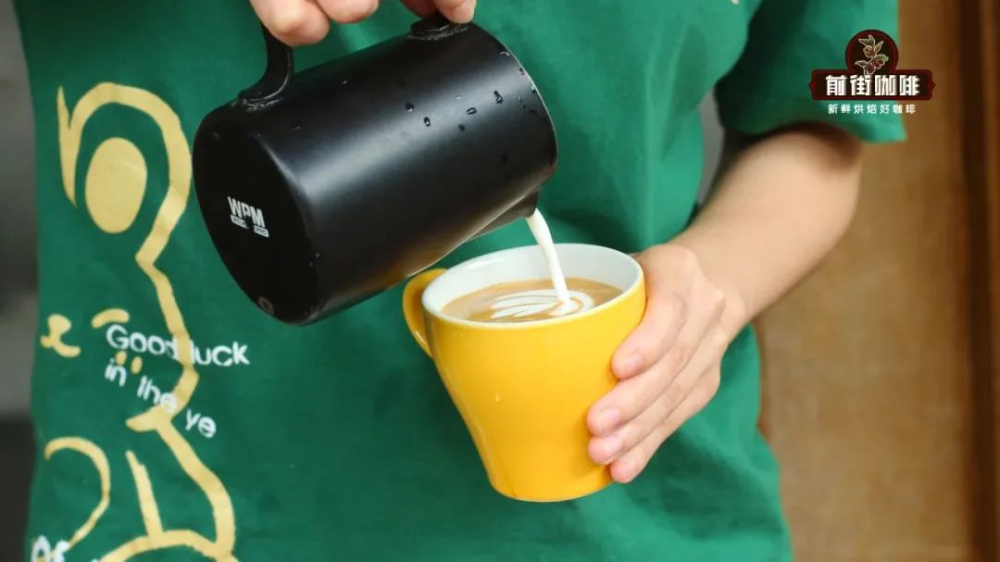
Unlike espresso, when it comes to hand brewing, we emphasize its hierarchical flavor at high, medium and low temperatures, and whether the cup is warm or not depends on the shape and size of the cup you use to hold the coffee.
The high temperature zone of hand-brewed coffee is about 50-70 ℃. More than 70 ℃ is actually very hot and difficult to taste. It is difficult for most people to tell the fine difference between coffee in high temperature areas. For example, it is difficult to distinguish sour coffee beans in high temperature areas, but you can know that this coffee bean belongs to sour coffee beans as soon as you drink it.
Generally taste the meticulous flavor for the medium temperature region, the temperature is about 35-50 ℃. At this temperature, you can taste many meticulous flavors, and it is also a sensitive temperature for sour and sweet taste. The low temperature range is about 35 ℃ until room temperature, at which some negative flavors are easy to appear.
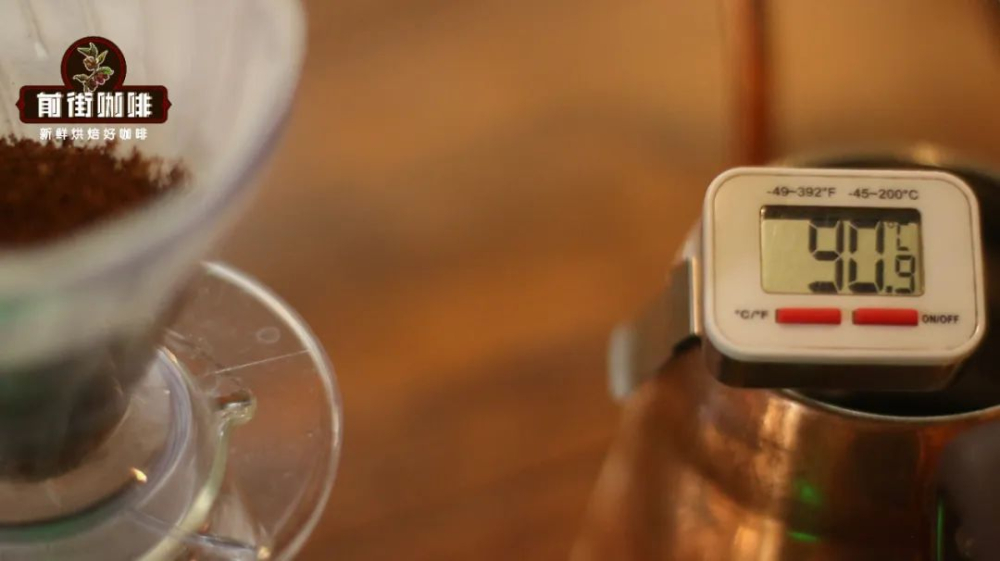
For example, the current street uses 90 ℃ of hot water to brew coffee, and the sharing pot is preheated at the same water temperature. when the coffee liquid is filtered, the temperature is about 70: 75 ℃. If the slightly hot coffee liquid is poured into a small normal temperature cup, it just plays a cooling role, so that it will not burn itself. At the same time, the entrance temperature reaches the most sensitive range of flavor perception.
If the coffee liquid is filled with an open and large-capacity cup, the temperature loss rate will be faster than that of the sharing pot, so we can refer to the "clatter bowl" with boiling water, as the Cantonese do before eating, so that the coffee can be kept warm.
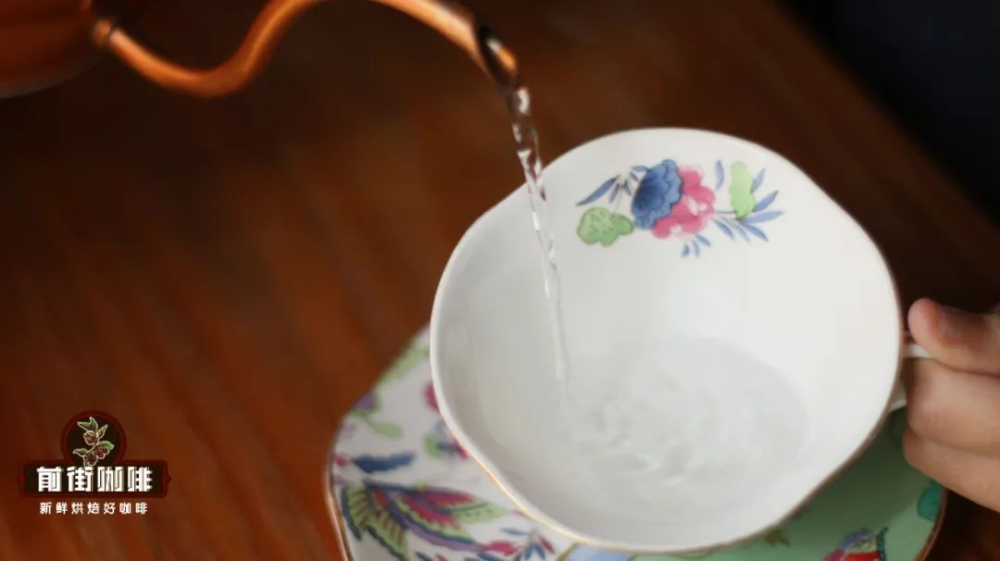
To sum up, for coffee production, warming the cup is not necessary, but in order to improve the tasting experience, we can decide whether to warm the cup and how to warm the cup according to the actual situation.
-END-
Front Street Cafe
No. 10 Baoqian street, Yandun road, Dongshankou, Yuexiu district, Guangzhou, Guangdong province

Important Notice :
前街咖啡 FrontStreet Coffee has moved to new addredd:
FrontStreet Coffee Address: 315,Donghua East Road,GuangZhou
Tel:020 38364473
- Prev

Why is there no ice Australia white in the coffee shop?
"Bing ao Bai" is a name that baristas will show embarrassed when they hear it, because there is no Bing ao Bai product in regular coffee shops, so when guests mention it, baristas have to explain it to guests accordingly! So, the question is: why is there so little ice in a regular coffee shop?
- Next

Viennese coffee that can be reproduced at home!
When it comes to cream, it is always reminiscent of its dreamlike texture, and the desserts made with it can always make people secrete more dopamine, so can the coffee made with it also make people feel as sweet as cream cakes and cream puffs? There happens to be a special coffee in such a place, its
Related
- Beginners will see the "Coffee pull flower" guide!
- What is the difference between ice blog purified milk and ordinary milk coffee?
- Why is the Philippines the largest producer of crops in Liberia?
- For coffee extraction, should the fine powder be retained?
- How does extracted espresso fill pressed powder? How much strength does it take to press the powder?
- How to make jasmine cold extract coffee? Is the jasmine + latte good?
- Will this little toy really make the coffee taste better? How does Lily Drip affect coffee extraction?
- Will the action of slapping the filter cup also affect coffee extraction?
- What's the difference between powder-to-water ratio and powder-to-liquid ratio?
- What is the Ethiopian local species? What does it have to do with Heirloom native species?

